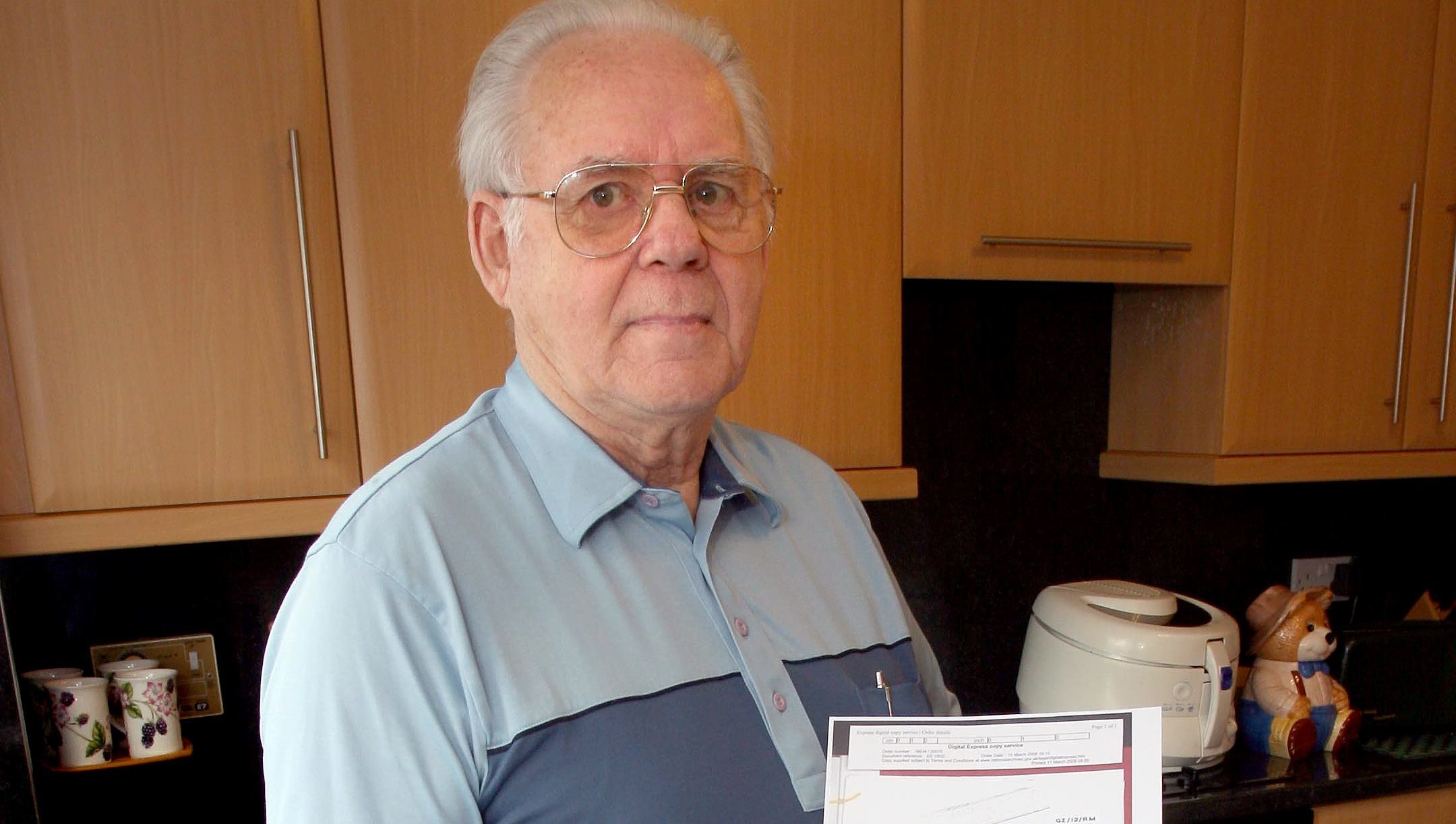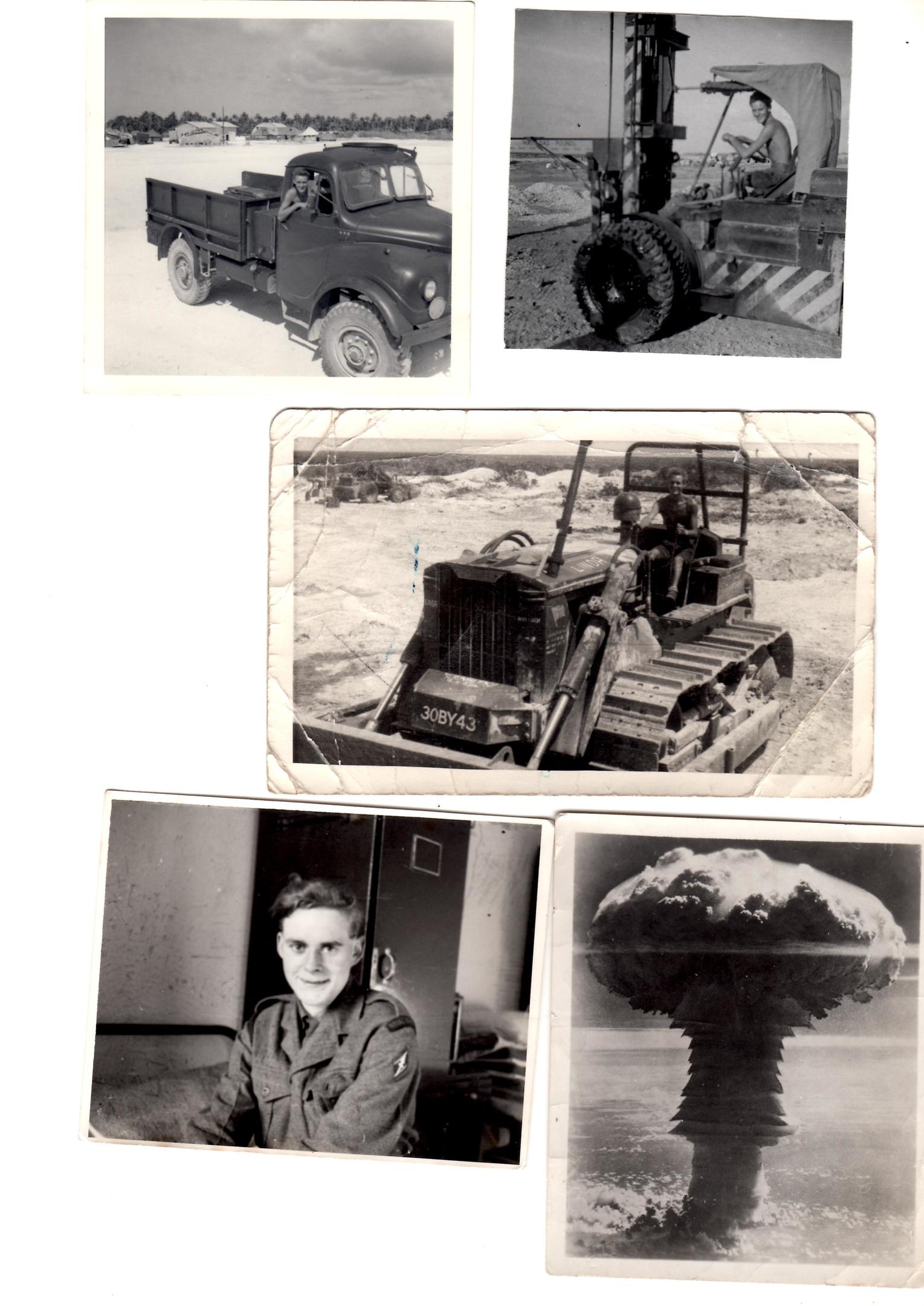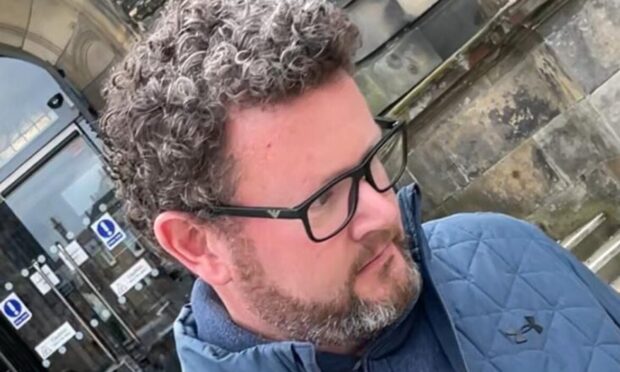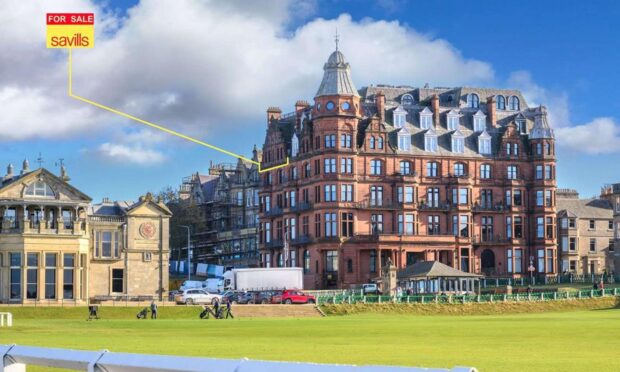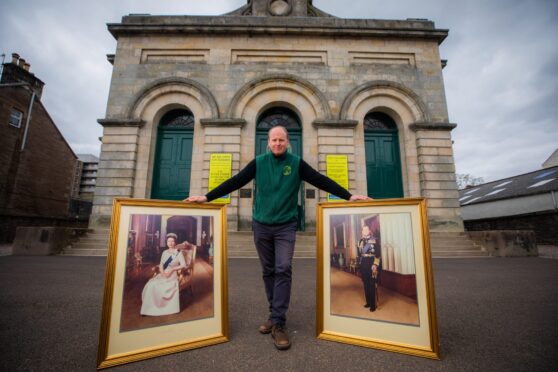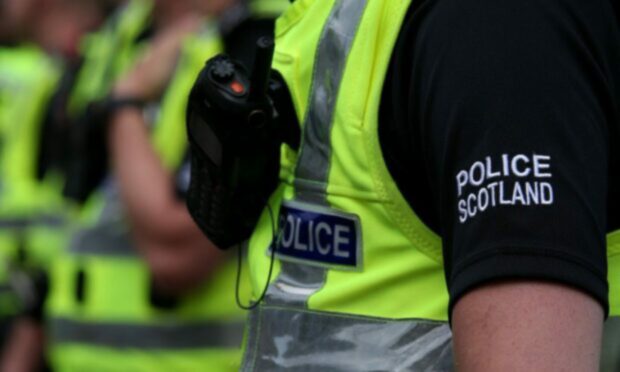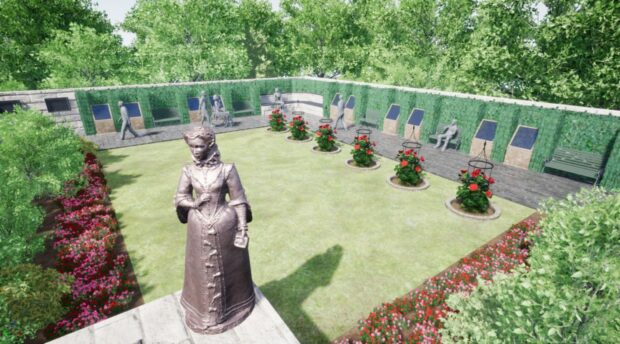A Fife nuclear test veteran has compared the British nuclear tests of the 1950s with the devastation caused by the world’s worst nuclear disaster at Chernobyl.
Former army engineer Dave Whyte, who blames ill health on five nuclear blasts he was exposed to at Christmas Island in the South Pacific in 1958, said it was time that the Ministry of Defence “admitted liability and apologised to all concerned”.
Mr Whyte, 79, of Kirkcaldy, contacted The Courier following the 30th anniversary of the Chernobyl nuclear disaster in Ukraine on April 26.
He said: “Chernobyl, as we all know, was a catastrophe which caused many deaths and continuing medical problems for many of the residents. But at least the Russian government have specialised hospitals to care for those disabled by this horrific accident.
“When we look at the example of the British nuclear tests, it is like going back in time to the middle ages. A government who deny there was any radiation. Denial of any cytogenetic blood testing. Denial of legal aid to take their cases to court. Denial of human rights by refusing to supply service personnel with protective clothing and respirators to wear whilst making it compulsory wear for all civilian staff. Refusal to release radiation records. Altering existing records and forging a medical release document.”
The ardent campaigner, who has had limited success in his battle with the MoD, said there was evidence that many children in Britain suffered from genetic problems, caused by their fathers and grandfathers being “radiated” at the British nuclear tests.
Yet he said they receive little or no treatment for their conditions. Arguably, he said, British citizens were being treated worse than their Chernobyl area counterparts.
He added: “I am delighted that the children of Chernobyl have been able to come to Britain to relax, and long may it continue. But let us not forget our own children, who are suffering from the effects of the British nuclear tests.”
Mr Whyte, who was 22 at the time of the Christmas Island tests, claims that he was made sterile by exposure to the radiation.
He is one of 1,000 test veterans who, in recent years, have sued for negligence after the British government, unlike many other western countries, consistently refused compensation.
Despite claims by Mr Whyte that radiation exposure records had been deliberately mislaid, a judge recently rejected Mr Whyte’s complaints and paid tribute to the MoD’s “conscientious” efforts to assist him.
The Ministry of Defence has said it recognises the “debt of gratitude” paid by servicemen who took part in the nuclear tests. They were carried out in the interests of national security at a time when there were real fears that the Cold War could escalate into open warfare with the USSR.
malexander@thecourier.co.uk
